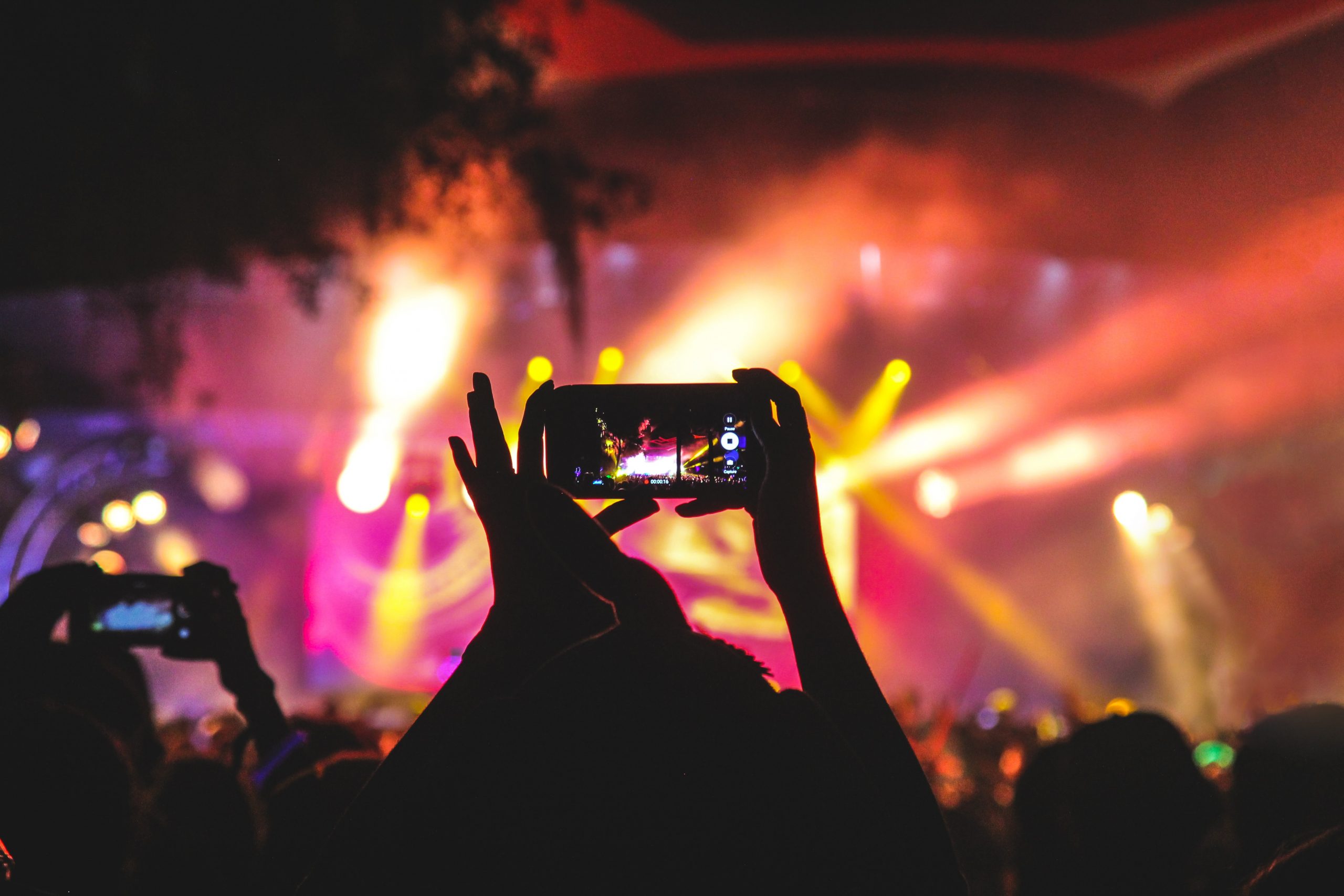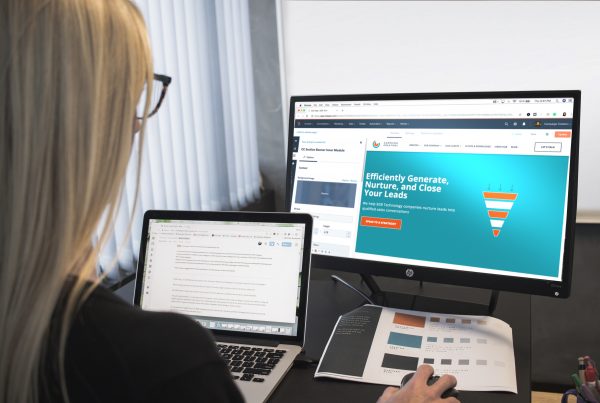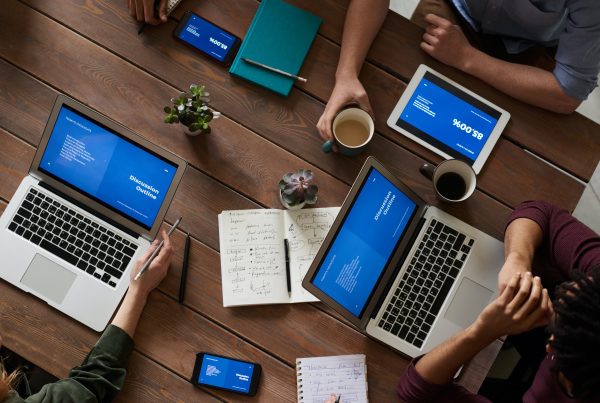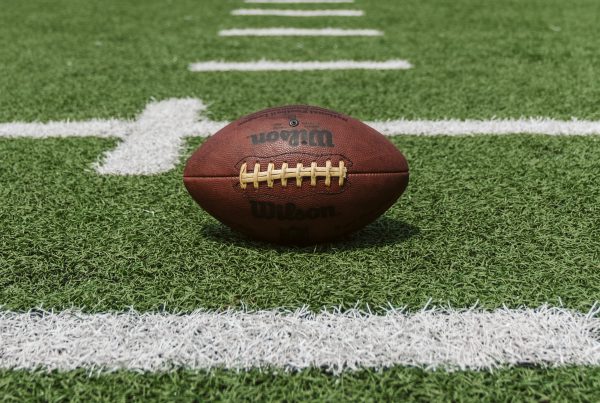While we spend a good portion of our lives online, we’re saturated with branded messages. Consumers are bombarded via email, social media, and display ads to buy, buy, buy. After a while, they tune out these messages.
How do companies stand out among the dull roar of modern digital marketing? It requires pushing back on the digital-first trend. In fact, today’s companies are going back to real-world events to find their customers.
The newest flavor of in-person marketing is called experiential marketing. This is about delivering a branded experience to customers in the real world. The goal of experiential marketing is to tell your brand’s story in an authentic way that boosts engagement and connection.
Eye-catching, interesting, and occasionally controversial events, like popups, get customers talking. Glossier’s Showroom, Pantone Cafe, and many other out-of-the-box experiences cut through the digital noise, immediately connecting brands and customers in a shared experience.
Why experiential marketing?
If you need a lift in engagement, awareness, or conversions, it’s time to embrace experiential marketing for 2020. 74% of customers say a quality event will make them more likely to buy from brands. Experiences may require more planning and a heftier budget, but they get results: 53% of branded event attendees buy something after an event.
What’s important to remember is that 94% of experiential event attendees create digital content at these events. So, while an event gets great traction on its own, brands can’t rely on just events to move the needle. You do need to create awe-worthy experiences, but it’s your brand’s job to get the most mileage possible out of that event. That means sharing your event experiences on social media.
Experiential marketing has to be part of a sophisticated marketing approach to get results. While in-person connections matter, you still need to digitize what’s happening in the real world to expand your reach. In other words, social media helps your experiential marketing reach a wider audience, even after the event.
6 tips to blend experiences with social media
Whether you’re a social media pro or an event planning maven, you might be new to marrying experiential marketing with social media. Follow these 6 tips to create wow-worthy events that get customers talking—and buying.
-
Create a strategy
Never, ever dive into an event without a careful strategy. It’s tempting to host an ice cream popup, bounce house for adults, or another crazy idea, but it’s got to tie into your brand goals and audience.
Before you even think about choosing a venue or a theme, set your goals for the experience. Use the SMART goal-setting framework to set specific, measurable goals. This way, you can review your goals after the event and know if you were successful.
Remember, strategy comes before everything. Once you know your goals, choose an event that speaks to your audience. Don’t stick with an event idea because you like it; back up your idea with customer data to ensure you see ROI.
-
Promote the event locally
Once you’ve decided on your experience, it’s time to promote it. If you’re hosting an event in Scottsdale, Arizona, it’s unlikely that your customers from Boise, Idaho will be able to join the party. For that reason, it’s important to promote your event locally first. After all, you need local attendees to build hype for your event.
Create a Facebook event for your experience, as well as an Eventbrite page. Reach out to local media, like journalists and radio stations, to boost attendance. You don’t want a crowd of 10 people at an event designed for 1,000—local promotions are key to getting more bodies at your event.
-
Partner with other brands and influencers
When it comes to marketing, two heads are better than one. Consider partnering with an influencer or another company to get more traction for your event.
Influencers quickly build buzz around not only your event, but your brand. Their audience immediately trusts them, which means you can quickly boost attendance and conversions in one go.
Co-branded experiences are also an option. Can you partner up with a complementary business? For example, if you sell hair accessories and you partner with a business that sells makeup, you likely share an audience. You don’t compete with each other, but can instead cross-promote content to build even more buzz.
-
Make your event Instagrammable
The trick to experiential marketing is to take a real-world event and share it on social media. While you should have photographers and photo booths at your event, you need to design the space to be Instagrammable in the first place. That’s the key to encouraging attendees to talk about your event (and your brand) on social during the event.
For example, create a stunning backdrop or cute gathering area with snacks to attract Instagram users. Get a few ideas from other Instagram-friendly spaces.
-
Share photos and videos
Experiential marketing is a goldmine for user-generated content (UGC). Customers trust UGC more than branded content; think of it as a visual testimonial for your brand. The more UGC you share during an event, the better.
Be sure to share all photos and videos from your event. If you’re sharing UGC, be sure to tag the original author, not just for credit, but to encourage more sharing and engagement on your posts.
-
Measure, strategize, and repeat
Always check your analytics and social listening tools before, during, and after an event. Schedule a post-mortem with your team to chat about the campaign. Review your SMART goals after the event to evaluate your performance. Did you hit your metrics? What went well? What happened that was unexpected? What could you improve?
When in doubt, solicit your attendees for feedback. Send a quick email survey through SurveyMonkey to help you improve. Experiential marketing might not be easy, but with data on your side, you’ll only get better.
The bottom line
Social media and experiential marketing go hand in hand. You can’t do an event without a robust strategy behind its promotion, and that should always include social media. Since events can be complex and pricey to put on, make every cent count; follow these 6 tips to boost your next branded event for real ROI.
But how do you do social right? After all, you’re planning an event; it’s hard to find time to schedule social posts, too. When you’re in a pinch, rely on Logical Media Group’s team of social media specialists. Get in touch to brainstorm your next experiential marketing campaign powered by social media.








